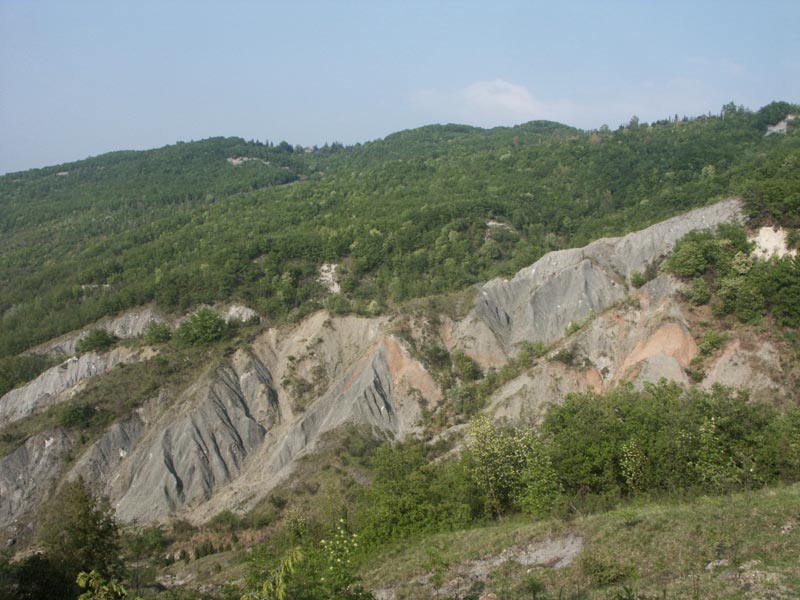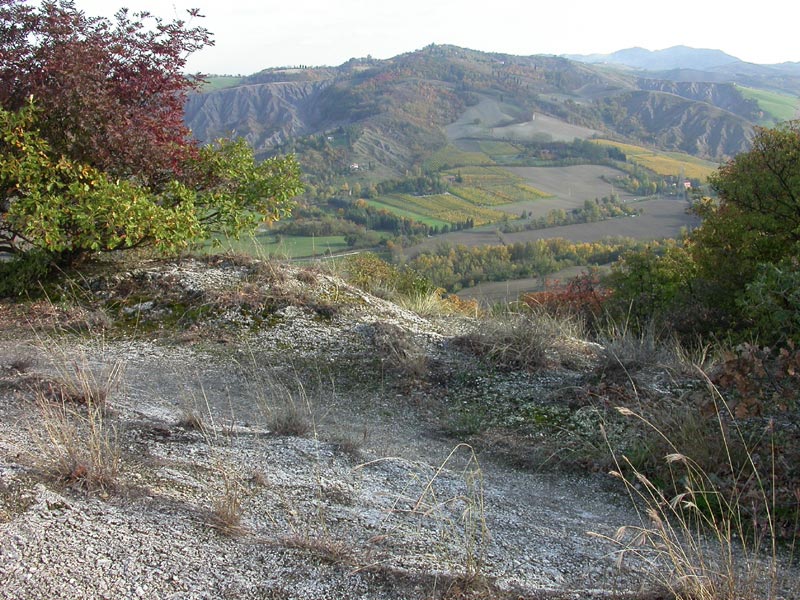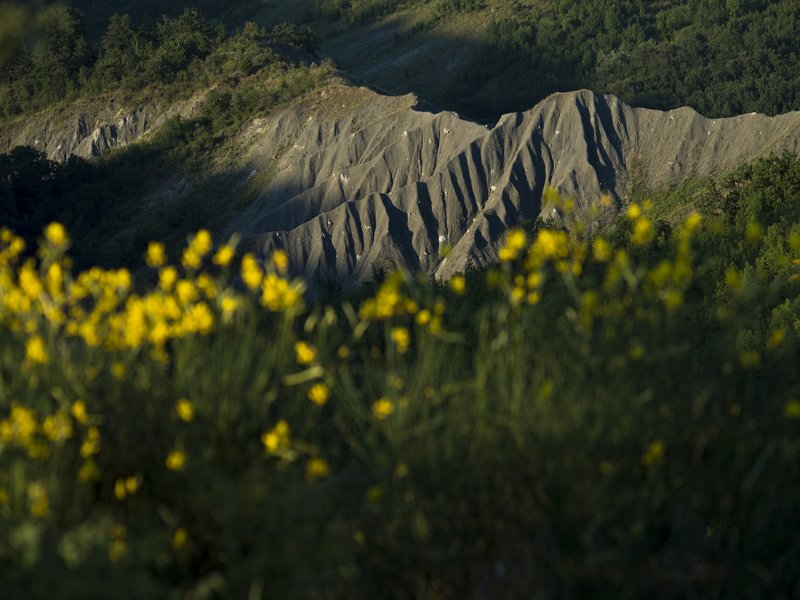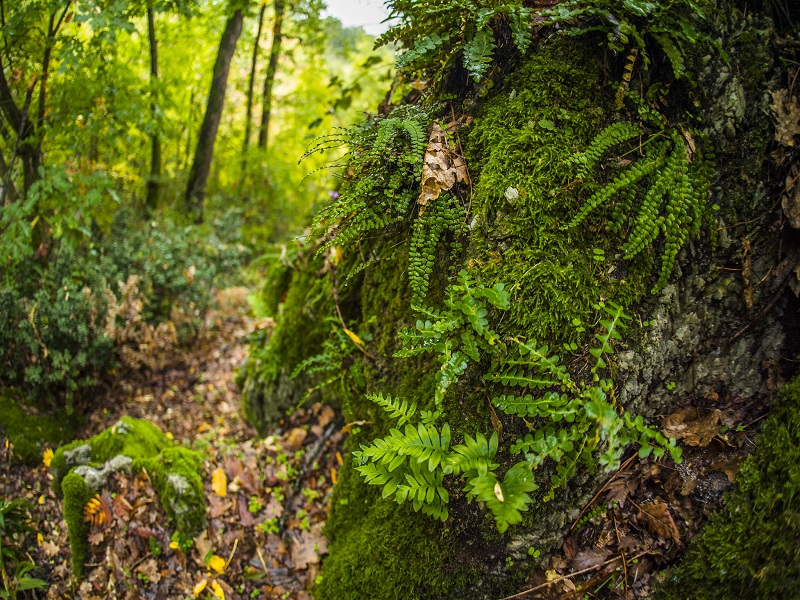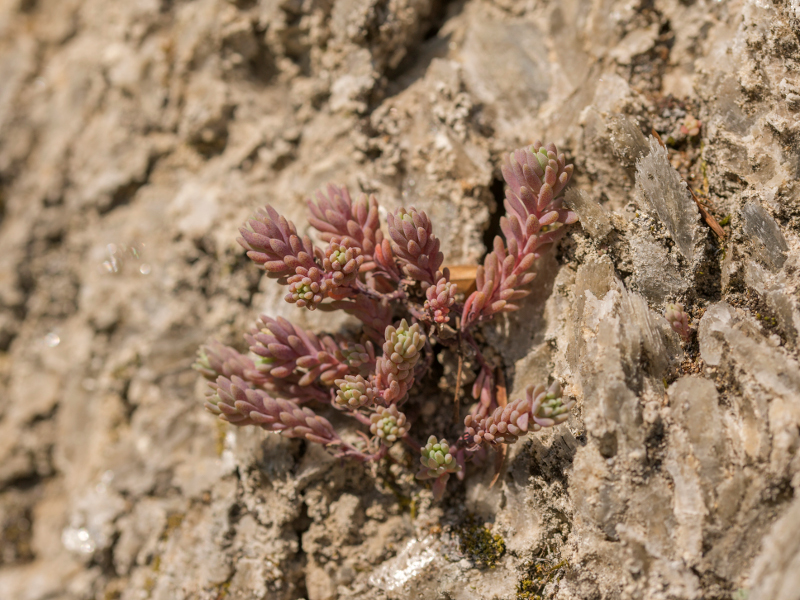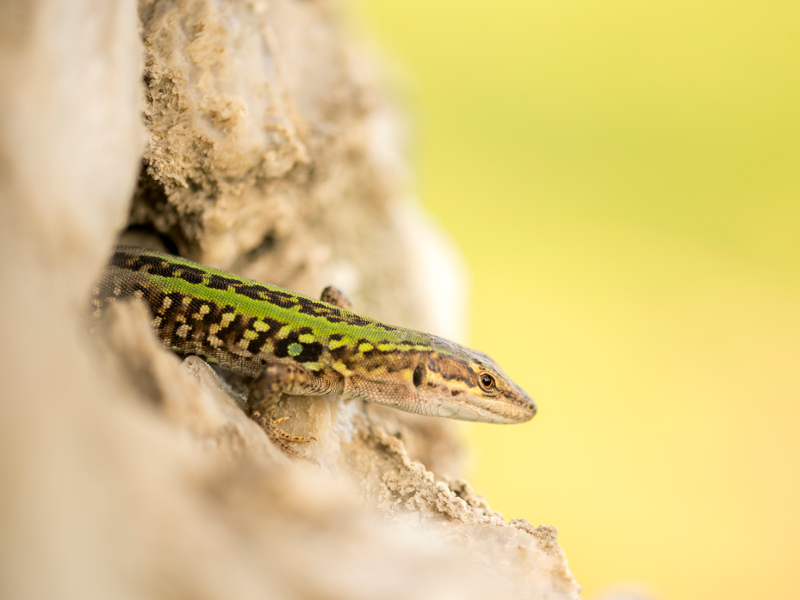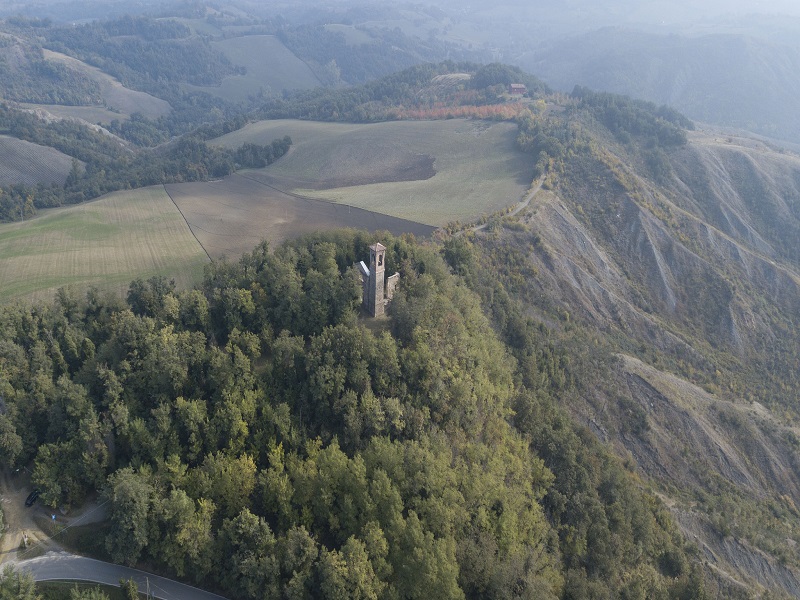Parco dei Gessi Bolognesi e Calanchi dell'Abbadessa
enteparchi.bo.itProtected Area
Identity Card
- Land Surface Area: 4'815.87 ha
- Regions: Emilia Romagna
- Provinces: Bologna
- Municipalities: Bologna, Ozzano dell'Emilia, Pianoro, San Lazzaro di Savena
- Establishment Measures: LR 11 02/04/1988
- PA Official List: EUAP0178
Protected Area
The Park extends itself on the first hill slopes in the south-eastern area of Bologna, among the streams Savena, Zena, Idice, and Quaderna, and it consists of a complex territory in which the spectacular gypsum outcrops and the characteristic gullies of Abbadessa Pass are the most interesting features.
The roads and the paths going through this protected area give the visitor the opportunity to see sceneries of unexpected beauty: bare rocky cliffs leaning out big basins similar to natural amphitheaters, apparently inaccessible places concealing caves' entrances, harsh gully slopes alternating with gentle clayey slopes.
From the highest points, you can have a view of the main valleys softening into the great plain, and when the sky is clear you can have an almost unreal view of the Alps. In the areas of the gypsum outcrops, the rock with its crystal structure and pearly brightness is also called selenite (moon rock).
Geomorphology
The fascinating story of the gypsum outcrops
The Messinian gypsum outcrops are the park's most significant geological feature and the basis on which the protected area was instituted. They are part of the geological formation known as the Gessoso Solfifera Formation. The gypsum of the Bolognese outcrops is also referred to as selenite, due to its moon-like glow, and it occurs as clusters of large crystals having characteristic swallowtail or spearhead shapes. Chemically, it is a salt, calcium sulfate dihydrate (CaSO4.2H2O), and, together with other salts, it constitutes the standard solution of seawater, from which it precipitates during prolonged periods of evaporation. During the Messinian age (roughly between 6 and 5 million years ago), the Mediterranean underwent several periods of isolation from the Atlantic Ocean, probably due to the lowering of ocean levels, and during these periods the high rate of evaporation caused the Mediterranean to desiccate, transforming it into a vast, white salt bed.
Flora and Vegetation
Mixed forests of pubescent oak, European hop hornbeam and manna ash grow along the more shady slopes and at the bottom of the dolines, together with the service tree, field maple and, less frequently, the linden and common hornbeam. For the most part, these are coppice woods, which have been frequently and excessively cut. There are few tall mature trees in the area, whereas two invasive alien species, the black locust and the tree of heaven, are commonly found here. The forest underbrush supports numerous shrub species: hazelnut, European cornel, common dogwood, crown vetch, common hawthorn and European spindle, to which the climbing vines of the honeysuckle and old man's beard get entangled.
History and Landscape




